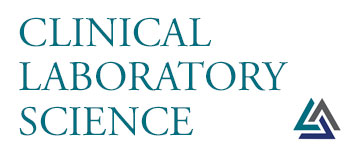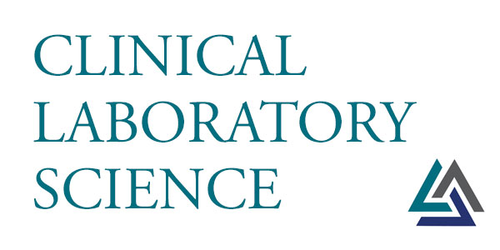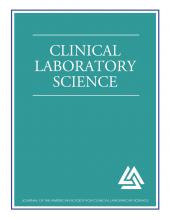This article requires a subscription to view the full text. If you have a subscription you may use the login form below to view the article. Access to this article can also be purchased.
- Niel T Constantine, PhD
- Richard Y Zhao, PhD⇑
- Address for correspondence: Richard Y Zhao PhD, Department of Pathology, University of Maryland School of Medicine, 10 South Pine Street, MSTF 700, Baltimore MD 21201-1192. (410) 706-6301, (410) 706-6302 (fax). rzhao{at}som.umaryland.edu
Describe the uses of molecular-based assays in addressing issues related to HIV infection.
List three specific molecular methods commonly used to quantify HIV viral load and describe how they differ in principle.
Describe molecular methods that can be used to determine viral resistance to anti-retroviral drugs.
Extract
Applications of laboratory testing for human immunodeficiency virus type 1 (HIV-1) infection have made significant impact on clinical care of HIV-infected patients globally. As these technologies continue to evolve and new technologies emerge, unique and highly sensitive nucleic acid-based testing methods will offer more and better means for us to guide physicians in anti-retroviral treatment strategies and clinical management of HIV infected patients. In this review we discuss a variety of current molecular-based methods that are available for HIV testing including diagnosis, monitoring disease progression, and detection of drug resistance to anti-retroviral therapy. Newer approaches that could be used in future HIV testing are also introduced.
Methods for detection of viral nucleic acids (RNA or DNA) using nucleic acid tests (NATs) grew from a mere research tool to a clinically useful tool in the mid 1990s. Within a few years, molecular tests were being used to detect viral RNA for screening of blood and blood products.1 Subsequently they were implemented in the clinical laboratories for use in the management of infected individuals and prognosis of disease outcome. More recently, NATs have been further modified to allow genotyping of viral types, groups, and clades. They can be additionally used to determine gene mutations associated with viral resistance to anti-retroviral therapy. They are now becoming indispensable tools in the clinical setting for assisting physicians and practitioners in their successful management of persons with HIV/AIDS. For example, the development of highly active antiretroviral therapy (HAART) has heralded marked advances in understanding the dynamic…
ABBREVIATIONS: bDNA = branched DNA; IPCR = immuno-PCR; NASBA = nucleic acid sequence based amplification; NAT = nucleic acid tests; PCR = polymerase chain reaction.
Describe the uses of molecular-based assays in addressing issues related to HIV infection.
List three specific molecular methods commonly used to quantify HIV viral load and describe how they differ in principle.
Describe molecular methods that can be used to determine viral resistance to anti-retroviral drugs.
- © Copyright 2005 American Society for Clinical Laboratory Science Inc. All rights reserved.






